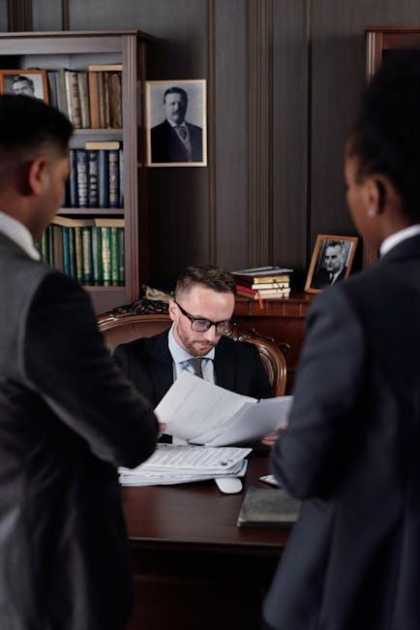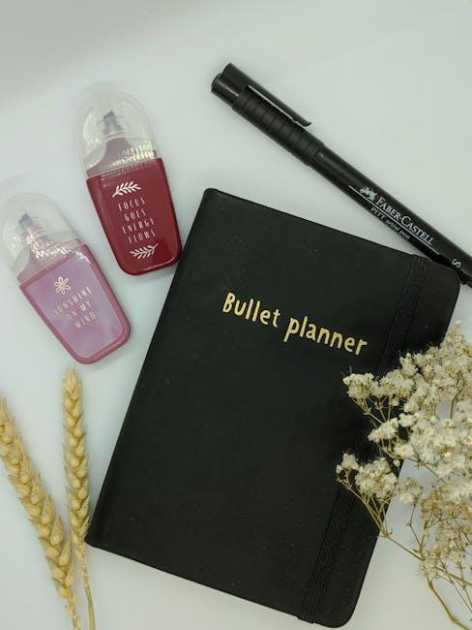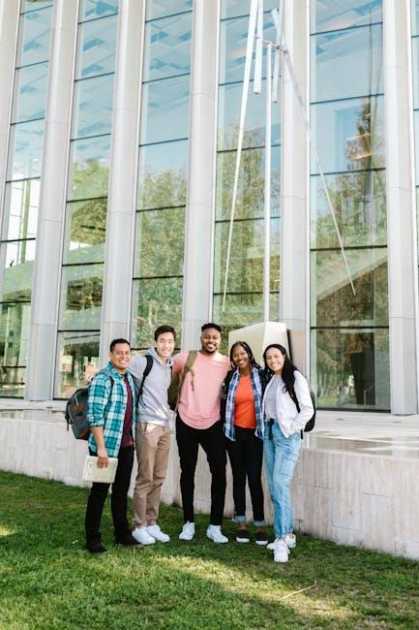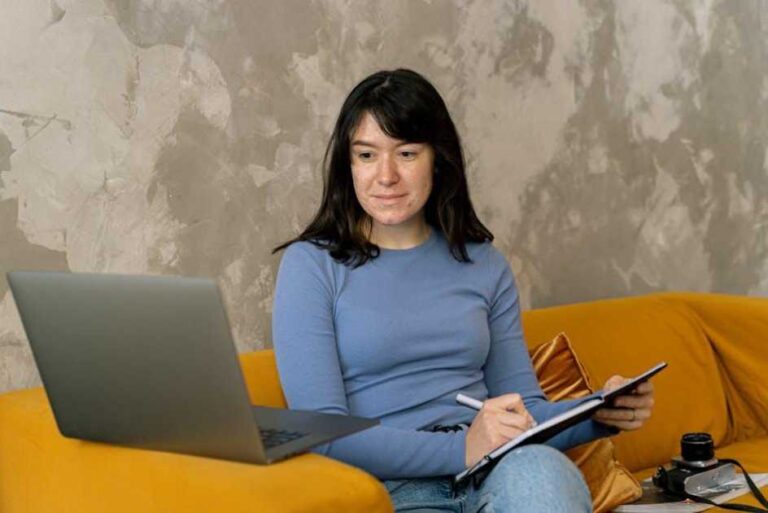Navigating the intricate landscape of U.S. study visas can be a daunting task for aspiring international students. With dreams of academic growth and cultural exchange, many encounter the unexpected hurdle of visa rejection, leaving them feeling disheartened and uncertain. Sadly, the reasons behind these refusals are ofen rooted in common pitfalls that can be easily avoided. In this article, we will delve into the five most frequent mistakes that lead to USA study visa denials, offering practical tips and insights to help you steer clear of these traps. Whether you’re preparing your application or fine-tuning your interview techniques, understanding these key areas can significantly enhance your chances of success. Join us as we illuminate the path to securing your study visa and making your American dream a reality.
Understanding the Reasons Behind study Visa Rejections
is crucial for prospective students aiming for academic opportunities in the USA. One of the primary factors contributing to these rejections is insufficient financial proof. Visa officers need to be assured that applicants have the funds to support themselves throughout their study duration. If documentation is incomplete or financial resources seem inadequate, it raises concerns about the applicant’s ability to sustain themselves without risking becoming a financial burden. Additionally, unclear study intent can be a notable red flag. If applicants fail to articulate their academic goals, including why they chose a particular program or institution, it can lead to doubts about their commitment and future plans.
another common mistake is inadequate ties to the home country, which can lead to suspicions about an applicant’s intent to return after completing their studies. Visa officers often look for strong connections—such as family, employment, or property—that indicate the applicant’s likelihood to return home. Furthermore, missing documentation, including letters of acceptance or previous academic records, can drastically hinder an applicant’s chance of approval.Providing delayed or unorganized documents not only demonstrates lack of preparation but can create an impression of unprofessionalism. To avoid these pitfalls,it is indeed essential for applicants to thoroughly prepare their documentation,articulately express their academic intentions,and maintain a transparent financial profile to foster confidence in their visa application.
Essential Documents to Prepare for a Smooth application
When applying for a USA study visa,having the right documentation is crucial to ensuring a seamless process. First and foremost, you should gather your passport, which must be valid for at least six months beyond your intended stay. Next, the Form I-20 issued by your chosen educational institution is essential for proving your acceptance into a program. Additionally, prepare your DS-160 confirmation page, which is the online nonimmigrant visa application. Other key documents to consider include:
- Financial statements to demonstrate your ability to support your studies and living expenses.
- Academic transcripts that reflect your qualifications and previous education.
- Passport-sized photographs that meet the specific requirements set forth by visa guidelines.
Moreover, to avoid any last-minute surprises, it’s advisable to organize these documents systematically. Consider creating a checklist to ensure you have everything ready for your visa interview. here’s a brief overview of additional documents you may want to include:
| Document | Purpose |
|---|---|
| Standardized Test scores | To verify eligibility for your program |
| Letter of Recommendation | To bolster your application with endorsements |
| Intent to Return | To show your plan to return after studies |
Building a Strong Financial Profile for Your Visa Interview
Having a robust financial profile can significantly impact the outcome of your visa interview, as it demonstrates your ability to fund your education and living expenses in the United States. To build this strong financial profile, start by showcasing consistent savings in your bank account. A healthy balance not only shows financial stability but also reassures the visa officer that you have the means to support yourself without relying on unauthorized employment. Include a clear statement of your finances, detailing sources of funding such as personal savings, family support, or scholarships.
Additionally, presenting a well-organized financial plan can enhance your application. use a table to clearly outline your expected expenses versus your available resources, which can definitely help clarify your financial readiness for life in the U.S. Consider including:
| Expense Category | Estimated Cost (Per year) |
|---|---|
| Tuition Fees | $20,000 |
| Accommodation | $10,000 |
| Food | $3,000 |
| Transportation | $1,200 |
| health Insurance | $1,000 |
By illustrating your financial capability clearly, you can alleviate concerns about your funds and convey your readiness for studying abroad. Don’t forget to include any additional financial documents, such as bank statements or sponsorship letters, as they can further substantiate your claims.
Mastering the Art of the Visa Interview: Tips for Success
Preparing for a visa interview can be daunting, but mastering a few key strategies can significantly increase your chances of success. First and foremost, do your homework. Familiarize yourself with the interview process,the consulate’s guidelines,and any specific requirements related to your study program. This knowledge will help you feel more confident and articulate during the interview. Moreover, practice common questions that visa officers often ask. By preparing concise and relevant answers, you can demonstrate your genuine intent to study in the USA and contribute positively while on a student visa.
Another vital aspect is to present your documentation clearly and effectively.Organize your paperwork, including your admission letter, financial statements, and any supporting documents, in a neat folder. During the interview, make sure to provide originals when requested, while keeping copies at hand. if you have any ties to your home country,such as family or potential employment,be ready to discuss these as well—this can affirm your intent to return post-studies. Remember, staying calm and maintaining a pleasant demeanor can significantly impact the officer’s perception of your application.
Q&A
Q&A: USA Study Visa Rejection – 5 Common Mistakes & How to Avoid Them
Q1: What are the most common reasons applicants face rejection for a USA study visa?
A1: Rejections often stem from a handful of common mistakes. The five main culprits include: inadequate documentation, failure to demonstrate financial stability, lack of a clear study plan, insufficient ties to the home country, and incomplete or inconsistent information in the application. Each of these pitfalls can raise red flags for visa officers, leading to an unfavorable outcome.
Q2: How can I ensure my documentation is adequate for my USA study visa application?
A2: Diligence is key! Make sure to gather all required documents, including an acceptance letter from a U.S. institution, financial statements, academic transcripts, and standardized test scores. Double-check that each document is current, formatted correctly, and translated into English if necessary. Creating a checklist can definitely help you avoid missing any crucial paperwork.
Q3: What dose demonstrating financial stability involve, and how can I present my financial situation effectively?
A3: Demonstrating financial stability means proving that you have enough funds to cover tuition and living expenses while studying in the U.S. This can include bank statements, sponsorship letters, or financial aid documentation. Presenting a clear budget alongside these documents can bolster your case,showing that you not only have the necessary funds but also a plan for managing them effectively.
Q4: What makes a study plan compelling enough to support my visa application?
A4: A compelling study plan offers insight into your academic goals and future career aspirations. It should clearly articulate why you chose your specific program and institution in the U.S., how it fits into your long-term plans, and how the knowledge you gain will benefit your home country. addressing these points convincingly can demonstrate your intent to return home after your studies.
Q5: Why is it critically important to prove ties to my home country, and how can I do this?
A5: Ties to your home country reassure visa officials that you intend to return after completing your studies, reducing the risk of overstaying your visa. You can demonstrate these ties through employment offers, family connections, property ownership, or community involvement. Providing documentation or proof of these ties strengthens your application and builds trust.
Q6: What should I do to avoid inconsistent information in my application?
A6: Consistency is crucial! Ensure that all personal information—such as names, birth dates, and addresses—matches across all documents and forms. Double-check your application for any discrepancies, as even minor inconsistencies can raise concerns for visa officers. Have someone else review your application for clarity and accuracy before submission.
Q7: Are there any other tips for a successful application process?
A7: absolutely! Always be honest in your application. If there are aspects of your background or finances that may raise questions,address them proactively in your supporting documents.Prepare thoroughly for the visa interview by practicing potential questions and showcasing your motivation and preparedness. Lastly, don’t hesitate to consult with an immigration expert or educational counselor for tailored advice.
By understanding these common mistakes and how to avoid them, you’ll be better positioned to secure your USA study visa and embark on your educational journey with confidence!
In Summary
In the intricate journey towards studying in the United States, understanding the subtleties of the visa application process can make all the difference. As we’ve explored, the path to securing a USA study visa can be fraught with pitfalls, but recognizing and avoiding common mistakes can set you on the road to success.
By arming yourself with knowledge and preparing meticulously, you can mitigate risks and present a compelling case to visa officers. Remember, each rejection isn’t a dead end but rather a learning opportunity, paving the way for a stronger application next time.
As you embark on this exciting chapter of your educational journey, stay hopeful and persistent. Your dreams of studying in the USA are within reach—so take these insights, refine your approach, and step confidently into your future. Here’s to your next opportunity and the thrilling adventures that await you in a new academic landscape!


















